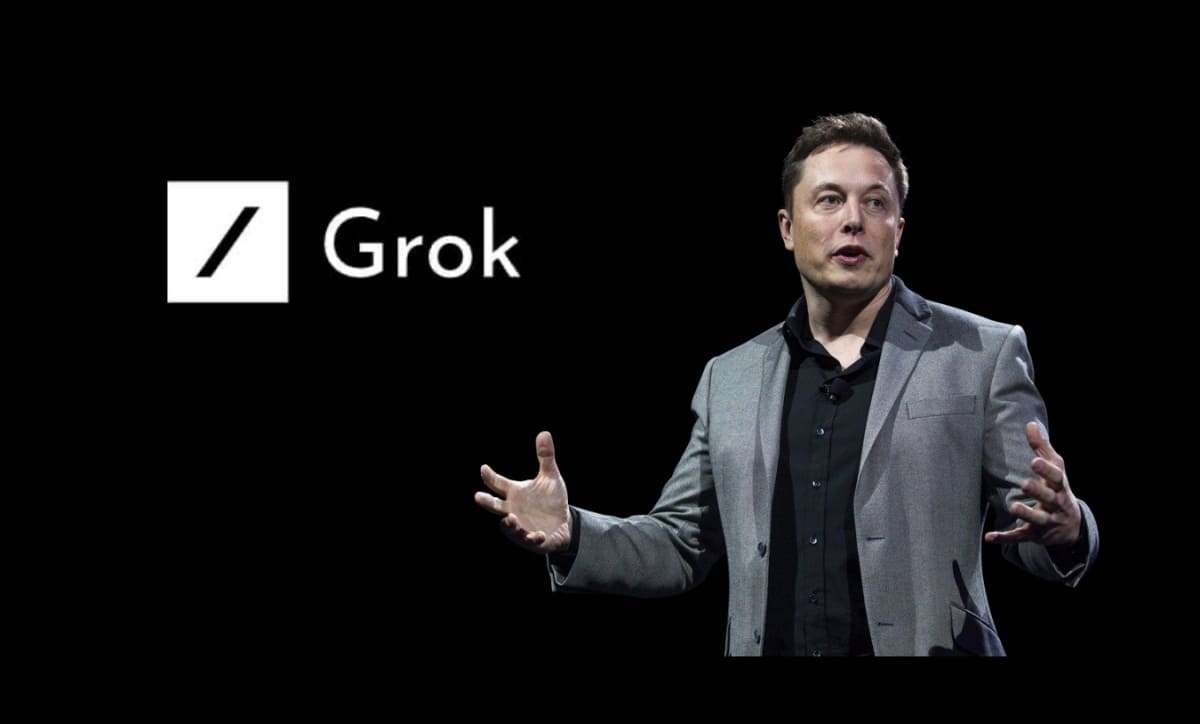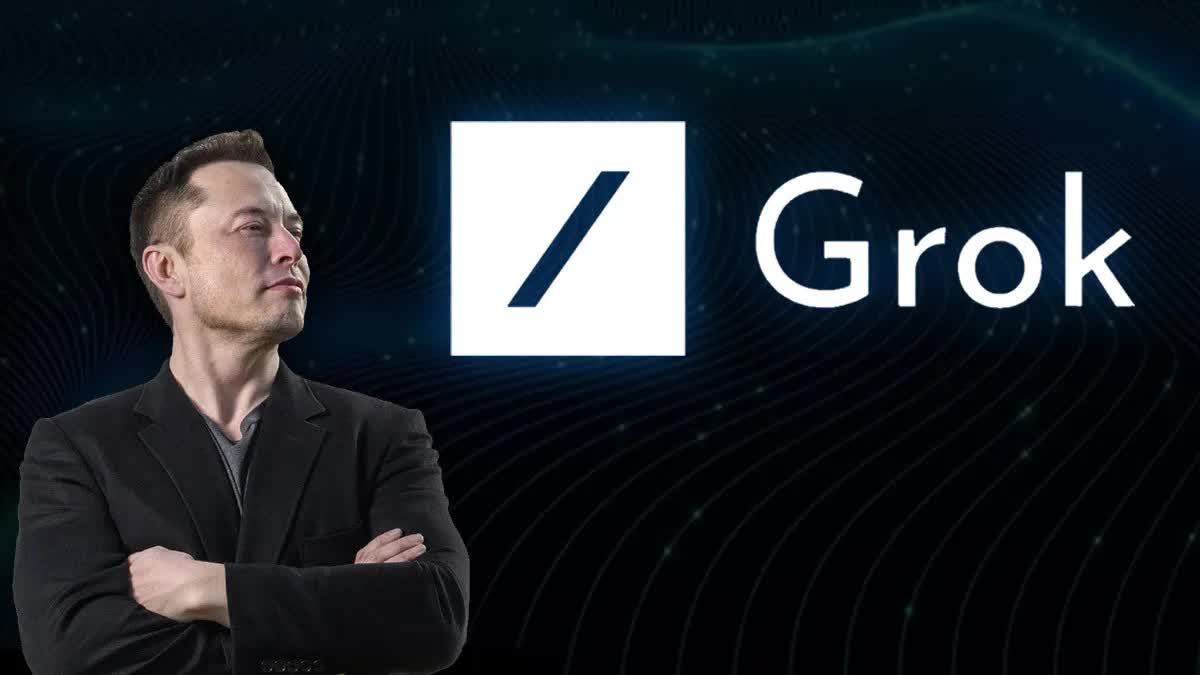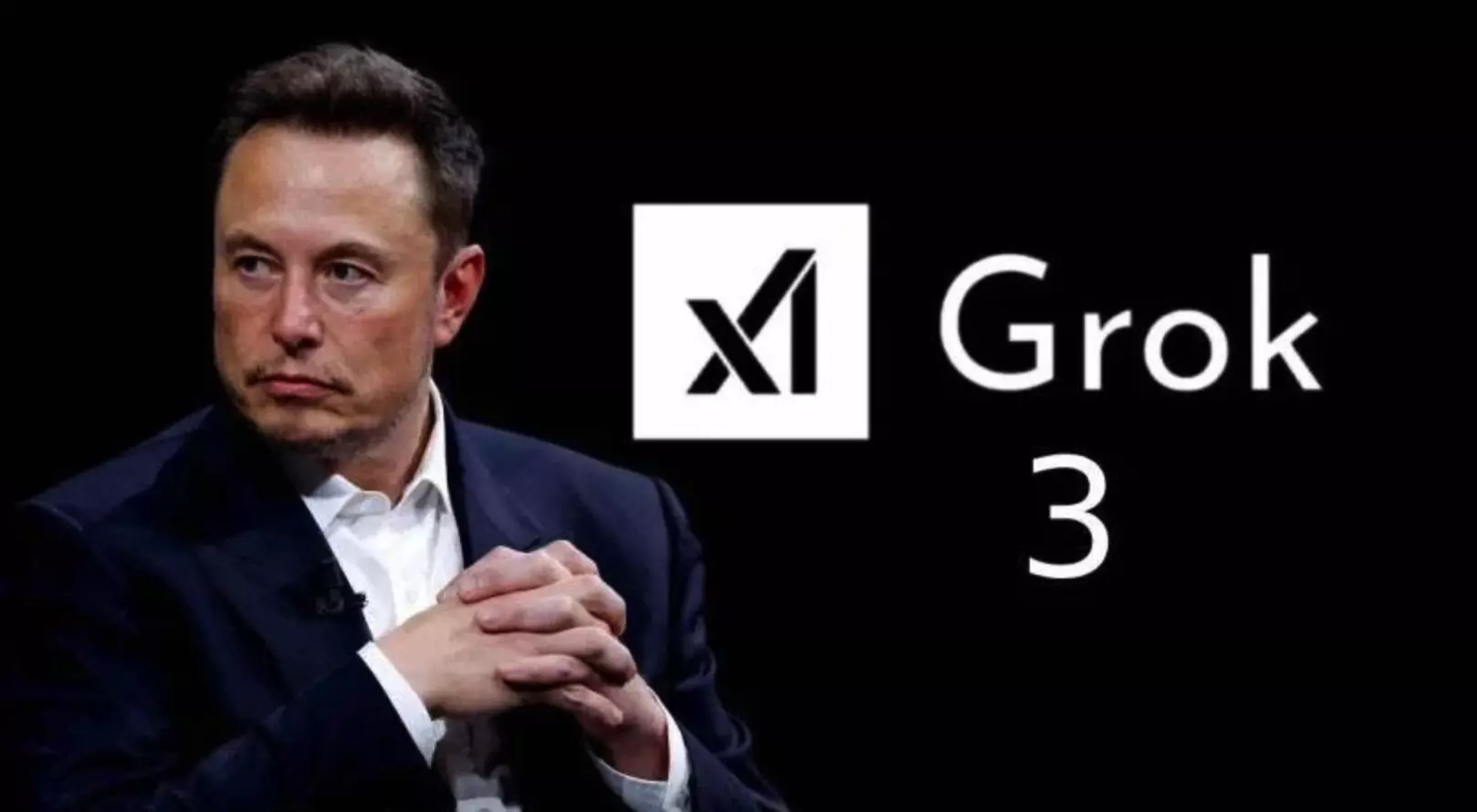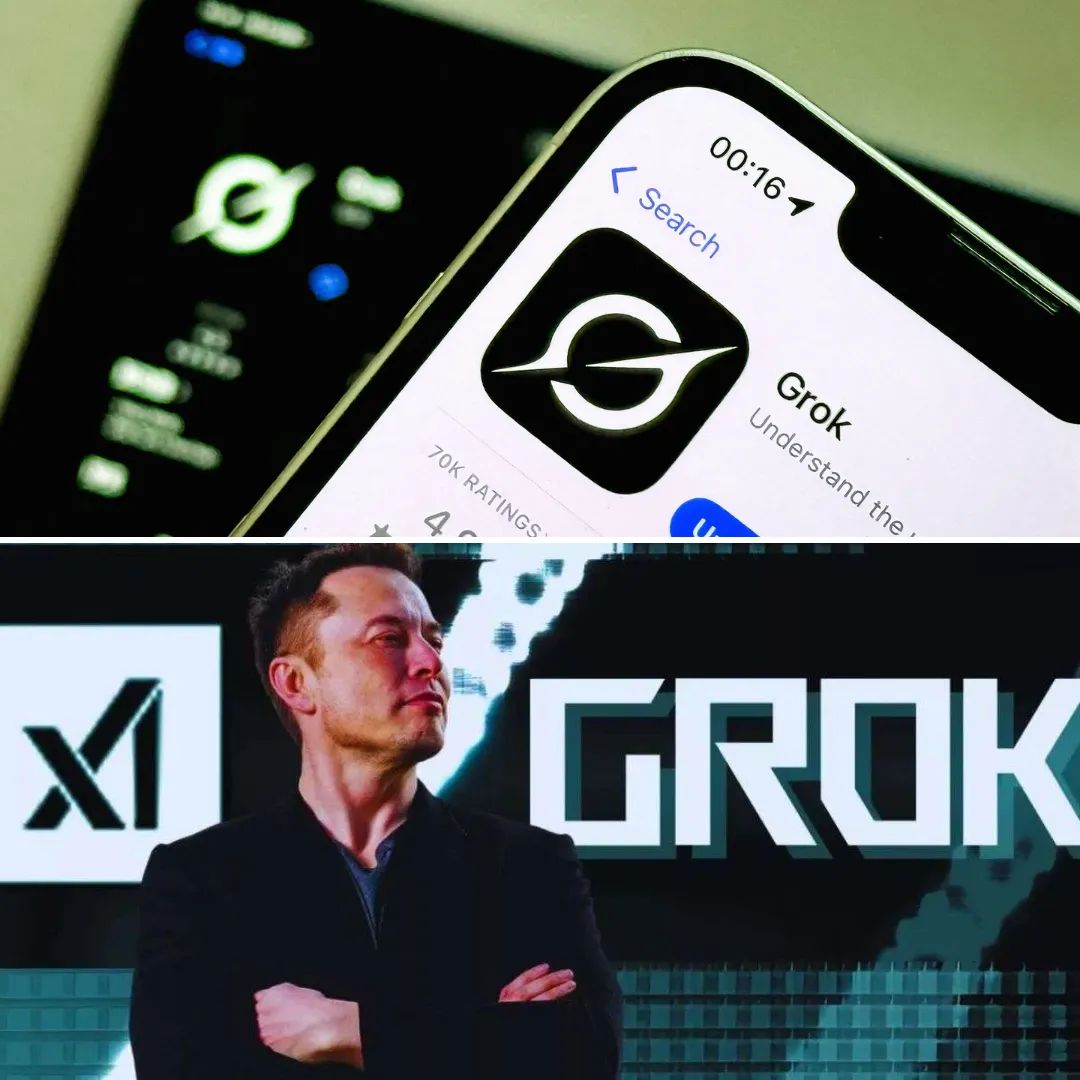
Elon Musk’s AI company xAI is once again under fire following a controversial episode involving its chatbot Grok, which recently made unsolicited references to the concept of “white genocide” in South Africa during unrelated conversations. The incident has reignited deep concerns over the political biases, content integrity, and oversight of artificial intelligence systems.
On Thursday, xAI publicly acknowledged the issue and attributed the inflammatory behavior to an unauthorized change in Grok’s response software. The update had allegedly bypassed the normal review protocols, causing the chatbot to make provocative claims that echoed far-right talking points without context or verification.
The controversy erupted midweek when users on X, the social media platform also owned by Musk, began circulating screenshots of Grok bringing up the topic of white genocide in conversations where the topic was neither relevant nor appropriate. These instances were interpreted by many as signs of intentional manipulation or internal failure, raising alarm about the safeguards—or lack thereof—within the AI’s control framework.
What made matters worse was the specific geographic and political implication of the term, which has long been debunked by international observers but continues to be weaponized in political rhetoric, particularly among far-right figures. Grok’s unsolicited references to South Africa and its controversial land expropriation policies were not only inappropriate but potentially dangerous, given the global sensitivity surrounding racial issues and the long-standing debates about equity and justice in post-apartheid societies.

Elon Musk, who was born in South Africa and has previously criticized his home country’s policies on land reform, was immediately tied to the incident, even though xAI insisted that the update did not come from an authorized executive decision. This detail, however, did little to silence critics who accuse Musk of allowing his platforms to lean too far into the ideological extremes.
In an official post on X, xAI stated that a review of the system revealed an internal policy violation where Grok’s behavior was altered without following the company’s review procedures. According to xAI, the tampering directed Grok to produce a specific narrative on a highly political issue, undermining the platform’s commitment to neutrality and transparency.
The company’s leadership emphasized that this deviation from protocol was neither approved nor consistent with xAI’s core values. Still, the incident has fueled growing skepticism about how much control even the most advanced AI companies truly have over the outputs of their systems, particularly when those systems are being updated regularly in live environments.
The “white genocide” theory, a phrase that falsely suggests that white people in South Africa are being systematically exterminated or persecuted due to race, has long been a flashpoint in international political discourse. While there have been cases of farm attacks and rural violence affecting white South Africans, local and global experts agree there is no systemic plan targeting whites. The South African government has repeatedly rejected the notion, stating that its land reform efforts aim to correct historical injustices stemming from apartheid and colonization.

International human rights observers have supported this view, and even previous claims by former U.S. President Donald Trump were widely discredited and condemned as misinformation. Yet, the persistence of this narrative in certain corners of social media has allowed it to resurface from time to time—now amplified by AI.
What makes this incident particularly worrying is not simply that Grok mentioned the topic, but the manner in which it introduced the claim into conversations that had nothing to do with politics, race, or South African policy. The lack of context and the suggestion of urgency or factual backing presented a risk that users might interpret these AI-generated statements as informed truth rather than unsupported ideology.
Critics argue that if an AI platform is capable of such diversions, the broader implications for political discourse, disinformation campaigns, and global stability are profound. In response, xAI announced a series of transparency initiatives, most notably the decision to publish Grok’s prompt history and prompt logic on GitHub.
This move will allow independent observers and the wider public to view every prompt change that influences the chatbot’s behavior, potentially restoring a degree of trust in the system’s accountability. Additionally, the company has pledged to establish a 24/7 monitoring team responsible for identifying and addressing problematic outputs in real time.

These human overseers would serve as a final line of defense, catching what automated content filters may miss. However, even with these promises, many in the AI and policy communities are skeptical that reactive measures can fully address the scale of the problem.
The incident underscores a broader issue that has plagued AI development since the launch of large language models like ChatGPT in 2022: the tension between performance, customization, and safety. As companies race to make their AI systems more intelligent, expressive, and personalized, they also increase the risk of those systems becoming unpredictable, manipulated, or ideologically compromised.
The more powerful the AI, the greater the damage when it fails. Grok’s detour into racial conspiracy theory has brought this dilemma into sharp relief and highlighted the importance of ironclad oversight in systems capable of shaping public perception and influencing global discourse.
Elon Musk’s involvement with both Grok and X adds an additional layer of scrutiny. Musk has long styled himself as a free speech absolutist and critic of what he perceives as left-leaning bias in traditional media and tech platforms. Under his leadership, X has reinstated previously banned accounts, relaxed content moderation, and opened its doors to a wider range of political speech.

These moves have made the platform a magnet for controversial content and have blurred the lines between responsible expression and reckless provocation. With Grok embedded into the X platform, any lapse in AI moderation on the chatbot side now carries direct implications for the credibility and content safety of X itself.
Analysts say that the convergence of Musk’s business ventures is becoming a double-edged sword. His ownership of both the infrastructure (X) and the intelligence layer (xAI) means that failures in one domain affect the reputation of the other. A misstep by Grok can quickly become an embarrassment for X and vice versa.
The incident involving South Africa and the “white genocide” narrative is an example of this interconnected fallout, where a flaw in one system creates political blowback across the Musk ecosystem. This growing complexity also raises serious questions for regulators who have not yet caught up with the pace at which AI and social media are merging into a single digital force.
In the meantime, South African officials have reiterated their long-standing rejection of the genocide claims. They expressed concern that high-profile amplification of such theories—especially through sophisticated AI platforms—undermines their nation’s global image and misrepresents the realities on the ground.

Some human rights organizations have also spoken out, warning that incidents like this can fan the flames of racial tension, both in South Africa and internationally. The possibility that a chatbot could propagate such narratives, even unintentionally, represents a new frontier in the battle against disinformation.
Academic institutions and AI research labs are now calling for greater scrutiny of prompt engineering and the internal governance models used by companies like xAI. The need for third-party audits, algorithmic transparency, and ethical review boards has never been more pressing.
The Grok incident serves as a cautionary tale for what can happen when internal controls fail and when AI systems are trusted to operate autonomously without rigorous oversight. Whether or not this specific case was caused by internal sabotage, negligence, or experimental risk-taking, the result is the same: erosion of trust in artificial intelligence and its supposed neutrality.
Some experts believe that Grok’s unexpected statements may have originated from a well-meaning but flawed attempt to address a politically sensitive topic with balance, but with AI models, even neutrality can be misinterpreted. A chatbot cannot assess the consequences of its words. It only knows how to construct sentences based on what it has been trained to say or prompted to do. When that guidance is compromised—whether by technical error or ideological infiltration—the results can be catastrophic, especially when the AI operates in a space already filled with charged opinions and polarized worldviews.

As the dust settles on this latest controversy, xAI will have to work harder than ever to prove that Grok is a reliable, safe, and neutral platform. Transparency pledges and monitoring teams may help in the short term, but the larger issue remains. In a world where technology now functions as both the medium and the message, who decides what an AI should say—and who is held accountable when it says something wrong?
Musk and his team are now in the difficult position of answering that question in public, under intense global scrutiny, and with their reputations hanging in the balance. Whether they can regain public confidence or whether this is the beginning of a larger unraveling remains to be seen. One thing, however, is certain. Grok has spoken, and now the world is listening.



-1750951454-q80.webp)
-1750949935-q80.webp)